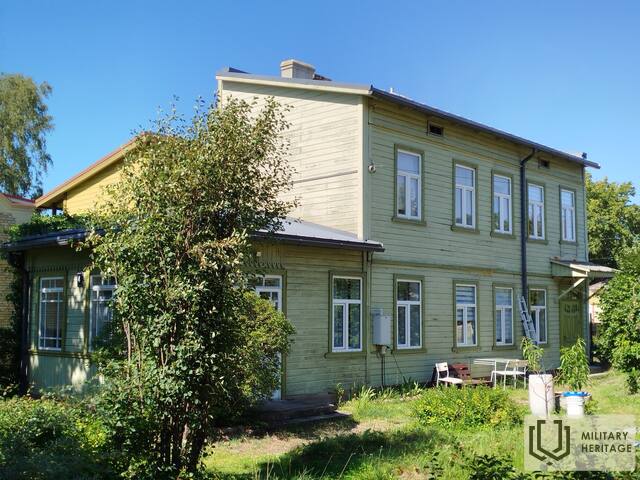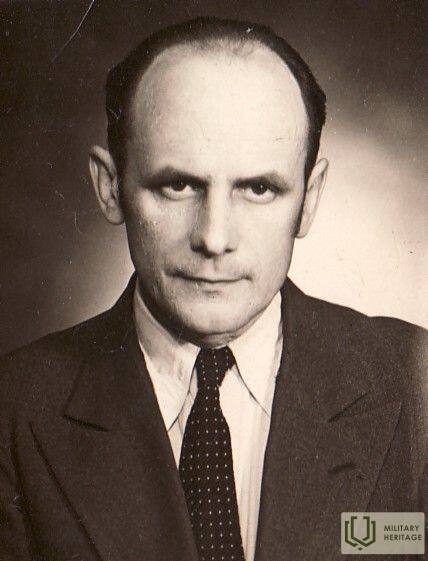The building in Ventspils where Dr. Valdemārs Ģinters, a representative of the Latvian Communist Party and organizer of refugee boat traffic in Kurzeme, lived in 1944-1945.
Memorial site

The house at Katrīnes Street 4, Ventspils, where archaeologist Valdemārs Ģinters worked.
From October 1944 to May 8, 1945, the LCP representative in Kurzeme was archaeologist Valdemārs Ģinters (nicknames “Doctor”, “Gardener”) (1899–1979). Participant in the Latvian War of Independence, director of the State Historical Museum and docent at the University of Latvia. Awarded the Lāčplēsis War Order and the Three Star Order. One of the signatories of the LCP memorandum of March 17, 1944. After World War II, he lived in Sweden. From 1949 to 1979, he was chairman of the board of the Latvian National Foundation.
Used sources and references:
B. Eglāja. Valdemārs Ģinters - archaeologist and personality // Through the centuries. Collection of articles dedicated to Valdemārs Ģinters. Riga: Latvian History Museum, 2000, pp. 7-11.
Dz. Ērglis. Activities of the Central Council of Latvia (1943-1945): Boat Actions // For the 90th Anniversary of Latvian Statehood. Latvian State Independence: Idea and Implementation. Riga: Latvian History Institute Publishing House, 2010, pp. 280-297.
Related timeline
Related topics
Related stories
The first refugee boat "Centība" from Bambali
On 31 October 1944, the boat "Centība" left the Kurzeme coast. The departure of this boat was reconstructed by Valentīne Lasmane, the Convener of the Latvian Central Council, from the recollections of several fellow passengers
The secret and dangerous activities of Valdemārs Ģinters
Valdemārs Ģinters' name was the last hope for many Latvian refugees to escape to Sweden. Too much attention from the refugees was dangerous, and therefore Ģinters kept it a secret.
Valentina Lasmane's successful escape
A biographical story written by Valentīne Lasmane about how she managed to escape from detention during the German occupation
Refugee boat transfer point from the Kurzeme coast to Sweden near the "Pāži" houses
One of the important places of relocation was near the “Pāži” house, where a monument has now been erected - “Sail of Hope”. “The ships came regularly and the most people left from “Pāži”, says the memories of I. Freibergs.


















